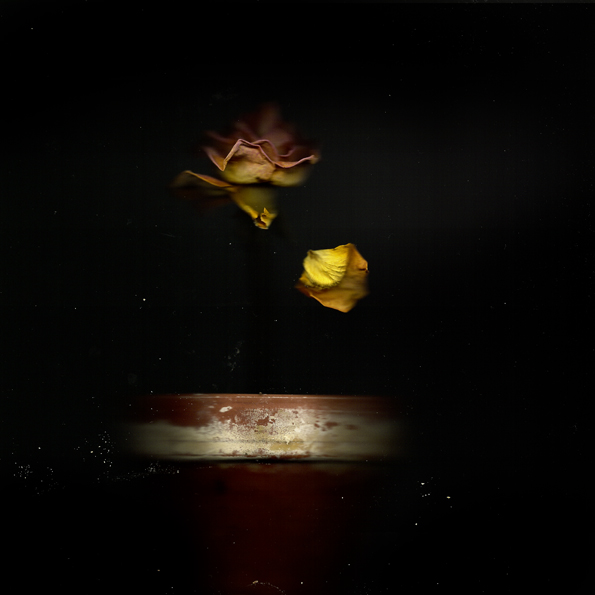You might be unaware of it, but you might own one more camera than you think.




What I’m referring to is your scanner of course, or any scanner that’s left alone in your vicinity for long enough. There are amazing things you can do with it – involving anything that’s flat enough, from thin paper and your negatives to coins, more or less flat objects from your personal life etc. And, a well-known classic from the Xerox days, your face.
Obviously and regrettably, there are no square scanners that I know of, but the spirit of experiment around scanners is very much in line with the attitude of the best of
SixbySixWhat kind of scanner is suitable? Basically, any scanner that works, but ideally you have flatbed scanner that’s also suitable to scan slides, negatives. This means that you have a lamp in the lid that can shine not just through your negs, but also through thin paper or maybe other materials. I have a Canoscan 8800F on my desk, nothing really special but its optical resolution goes to 4800 – more than enough for slides, and enough to make my pc’s memory groan. The important thing for me was that it was able to scan medium format “6x6” film.
Convenient if you want to scan (from) big books or work with bigger objects is a lid that has no fixed hinges, allowing the lid to rise up horizontally as a whole instead of just flipping up.
Relevant for scannography might be that you may find it easier to combine other things with a medium format negative than with a tiny 35mm slide or negative.
An interesting effect of scanning is that you’re able to upsize the object that you scan to huge proportions. One of the first things I did with one of my scanner was putting a Roman coin on it that belonged to a coin-collecting friend, much to his delight – he had never been able to see it so well. He bought his own scanner soon after.
During each scan round you’ll have to decide whether to scan transparent objects (negatives, slides, thin paper, etc) using the light in the scanner lid, or scan massive objects – paper, coins, pictures, documents. Using the transparency light in the lid on non-transparent object will result in a mere silhouette – which can be interesting too of course, in some situations. It might also be that choosing for the setting to scan pictures or books will have a much lower maximum resolution than the setting used to scan negatives or slides. Using the light that’s used to scan books and pictures, my scanner only allows me a maximum of 1200 dpi, while slides can be scanned at 4800 dpi.
Scans are also a way to create textures, but you can also use existing textures form the various sources to put more life into your scanning art afterwards, or physical material with interesting textures in your scanning art on the fly. Maybe I’ll return to this subject next time, but apart from the wealth of digital textures on dA, you may want to look on the texturez.com site, and the scannography.org site itself has some textures too.
Today I have no dA features, apart from Edredon’s picture that stood on the other scanner art so much that I picked it up from the gallery without hesitation, only later on seeing that it was his work. On dA, scanner art is a relative rarity, and square scanner art even more so. On the plus side, this means that you’ll very much able to explore your own paths and tracks.
Looking at the Scannography.org website however, the first artist that I looked at turned out to create square works – Francesco Gioia creates abstract works by arranging paper and other material in a more or less geometric way.
scannography.org/artists/Gioia… Marsha Tudor squares circles, among other things, and I think her scanned plants and flowers are very beautiful:
scannography.org/artists/Tudor…These are just two examples, I invite you to explore the work of other artists too:
scannography.org/artists/artis…Of course, here on dA you can also look inside the

group.
In part 2 of this blog I hope to say more about the scanning of negatives and slides. Hints and opinions on this subject are very welcome, even beforehand. If any 6x6 has some square scanning art to offer between now and two weeks, I’ll gladly feature it with the next blog. (But please try to be original - I'd rather not see any hearts...) You can note me with links, or leave them below this blog.
